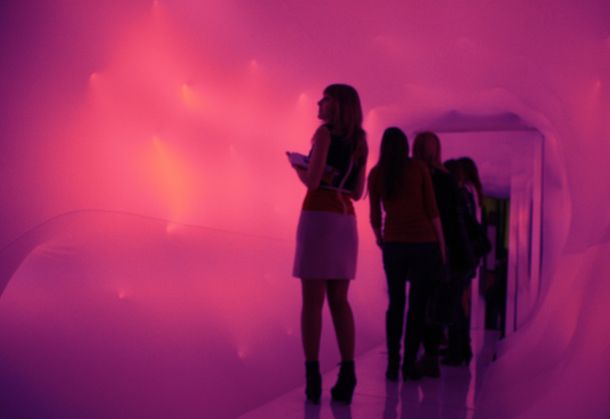About the project
To hear a color, see sound and to communicate in the language of color and sound - all this allows a unique art object Fusion Emotion. Each participant will clearly hear the sound of the selected audio channel. Colour gets mixed out of the three light beams from each of the interactive console.
Project participants can simultaneously modulate a single melody from different voices in keeping the harmony. The selected colors are also combined into a single color.
Together - it turns out the unique effect of a harmonious union of music and
of light.
The project took part in the Festival of New Cultures in the CHA in 2011 Moscow,
Installed on the New Year of Architecture in 2012, Moscow in Artplay.
Festival LifeStyle, CHA, Moscow
Music festival Dikaya Myata, 2012
Finalist by Yota Space Festival, 2012
The new project - Fusion Emotion Ambience - dive into the world of color, sound and aromas.
The presentation took place in April 2013 at the Central House of Artists in Moscow.
The uniqueness of the new project is in the control system - using an ordinary smartphone by WiFi. This solution is applicable to any space for a unified environment and for organizing several interactive areas.
Each musical theme was picked up by a bouquet of of three alternating flavors.
Participants simultaneously simulate a single melody in the overall harmony. The selected colors are mixed.Together turns the unique effect of a harmonious union of music and light, the amplified aromatic background. Appears communication on a new creative level.
Fusion Emotion - a tool for predictive entertainment in the form of a dialogue in the language of sound and light.
History
"Colours in amenity of their matching can relate to each other like musical harmony and be
mutually proportional"
Aristotel
In the XVII century Sir Isaac Newton put forward the idea of the analogy between the colors of the solar spectrum and the sounds of musical octave.
In the XVIII century French Jesuit monk named Castel created a colour harpsichord, in which when a key was pressed, not only a sound was heard, but also a strip of colour appeared on a small screen.
A. Skryabin was the first who decided to combine sounds directly with colours. He put a part of "Light Clavir" into his symphonic poem "Prometheus" (for ocherstra, choir, organ and piano solos)
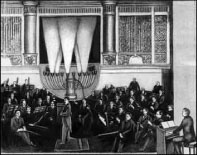
The first performance of
"Prometheus" by Alexander
Scriabin with light (New York,
Carnegie Hall, 1915)
 .
.

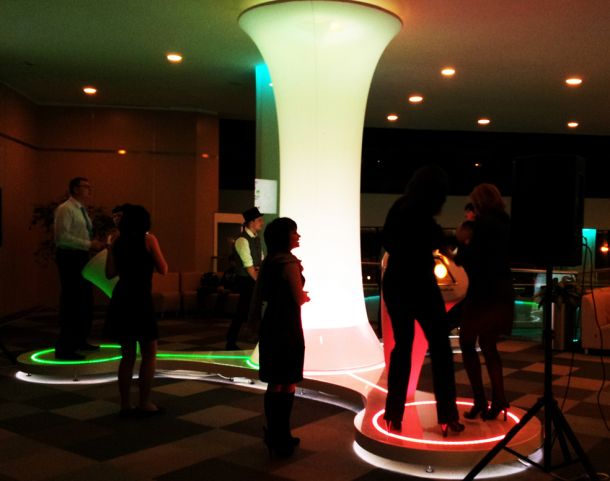 .
. .
. .
. .
.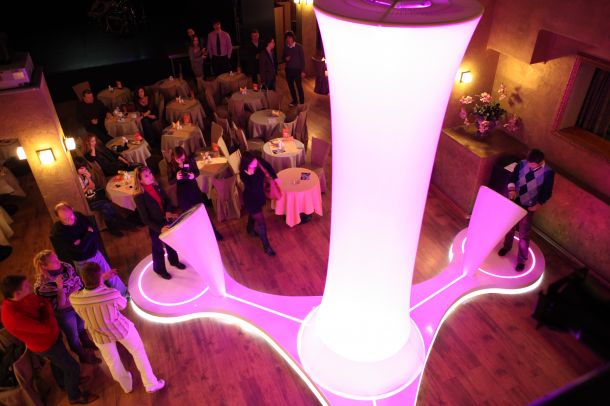 .
. .
.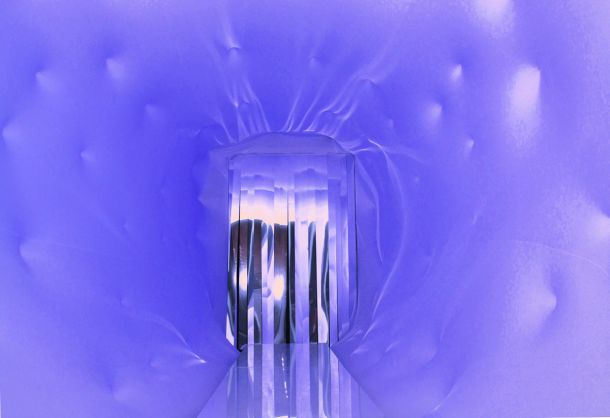 .
.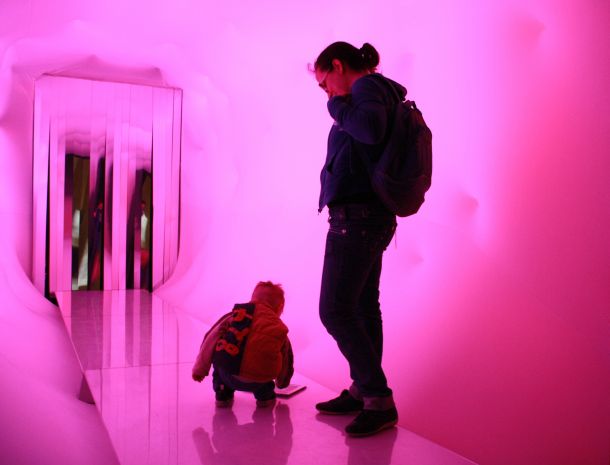 .
.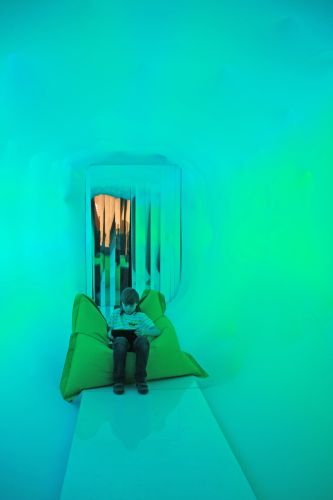
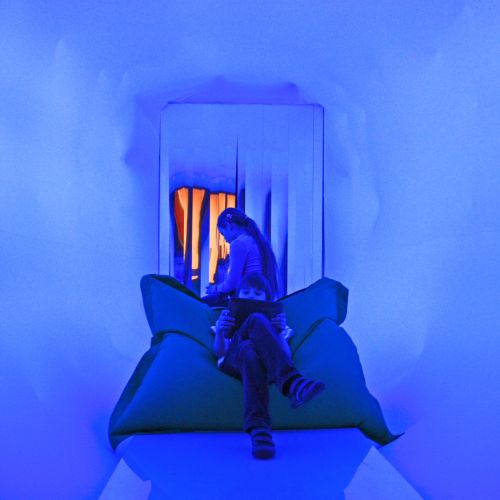 .
.